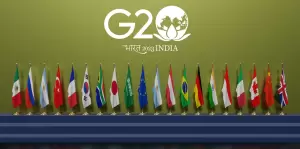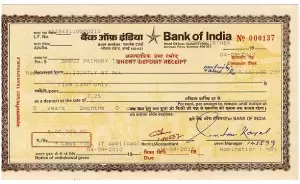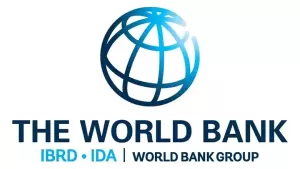Preliminary Pointers.
Green Hydrogen
News: The Ministry of New and Renewable Energy (MNRE) is set to approach the union cabinet with a proposal to have a green hydrogen consumption mandate to be followed by industries such as refineries and fertilizer.
- Under the ambitious mission, the Centre aims to make India a global hub for the production, usage, and export of green hydrogen and its derivatives.
- The government said they can ask fertilizers and petroleum (refineries) that use grey hydrogen or grey ammonia and a certain percentage of that has to be green from this year onwards, gradually escalating it, so that 100% of that is green,”.
- The government mandated that manufacturing units cannot emit more than 2 kg of carbon dioxide per kg of hydrogen.
- To achieve this, the National Green Hydrogen Mission was launched with the aim to produce 5 million tonnes of green hydrogen annually, with an associated renewable energy capacity addition of about 125 GW.
- The government notified the Strategic Interventions for Green Hydrogen Transition Program (SIGHT scheme) under which ₹13,050 crore would go for incentivizing the production of green hydrogen, and another ₹4,440 crore for electrolyzer production.
Important terms in the news
- Green hydrogen would be used in a number of sectors including petroleum refineries, fertilizer, and steel, which are called “hard-to-abate” sectors in terms of the carbon they emit.
About G20
News: G20 countries gave a record $1.4 trillion to support fossil fuels in 2022.
- The amount includes fossil fuel subsidies ($1 trillion), investments by state-owned enterprises ($322 billion), and lending from public financial institutions ($50 billion).
- This is more than double the pre-Covid-19 and pre-energy crisis levels of 2019.
- G20 members could raise an additional $1 trillion every year by setting minimum carbon taxation levels of $25–75/tCO2e, depending on the country’s income.
- The taxes on fossil fuels in G20 member countries currently do not reflect their costs to society.
Fossil Fuels
- These are hydrocarbons formed from the remains of dead plants and animals.
- They primarily include coal, fuel oil, or natural gas.
- They are a finite resource, meaning that they will eventually run out.
- The combustion of fossil fuels releases greenhouse gases into the atmosphere, contributing to global warming and climate change.
Fossil fuel extraction can lead to habitat destruction, water pollution, and soil contamination.
G20
- Formation: 1999 in the backdrop of the financial crisis that hit East Asia and Southeast Asia in particular.
- It aims to secure global financial stability by involving middle-income countries.
- Together, the G20 countries include 60% of the world’s population, 80% of the global GDP, and 75% of global trade.
- Members: Argentina, Australia, Brazil, Canada, China, France, Germany, India, Indonesia, Italy, Japan, Republic of Korea, Mexico, Russia, Saudi Arabia, South Africa, Turkey, the United Kingdom, the United States and the EU.
Certificates of Deposits
News: Certificate of Deposits are negotiable/tradable, unsecured money market instruments issued by Scheduled Commercial Banks (and some All India Financial Institutions like NHB, SIDBI, etc. but mostly by banks) for a maturity period of up to one year against funds deposited at the bank.
- For example, if a bank is issuing a Rs. 100 CD paper to raise money from the money market then it will have to keep some percent (of Rs. 100) as reserves. These Certificates of Deposits are different from the ‘deposit certificate’ that we individuals get while doing Fixed Deposit in the bank.
- Our ‘deposit certificates’ are not tradable. As the demand for credit/loans is increasing, banks are raising money (through the issuance of CDs) which they can use for lending purposes. But whatever money has been raised through CDs, all can’t be lent, some money should be kept as reserves.
World Bank
News: The World Bank has changed the new extreme poverty line to $2.15 per person per day.
- The new extreme poverty line of $2.15 per person per day, which replaces the $1.90 poverty line, is based on 2017 purchasing power poverty exchange rate. As per the new poverty line, about 648 million people globally were in extreme poverty in 2019.
- The international poverty line is periodically updated to reflect changes in prices across the world. The rise in the international poverty line reflects an increase in the costs of basic food, clothing, and shelter needs in low-income countries between 2011 and 2017, relative to the rest of the world. In other words, the real value of $2.15 in 2017 prices is the same as $1.90 was in 2011 prices.







